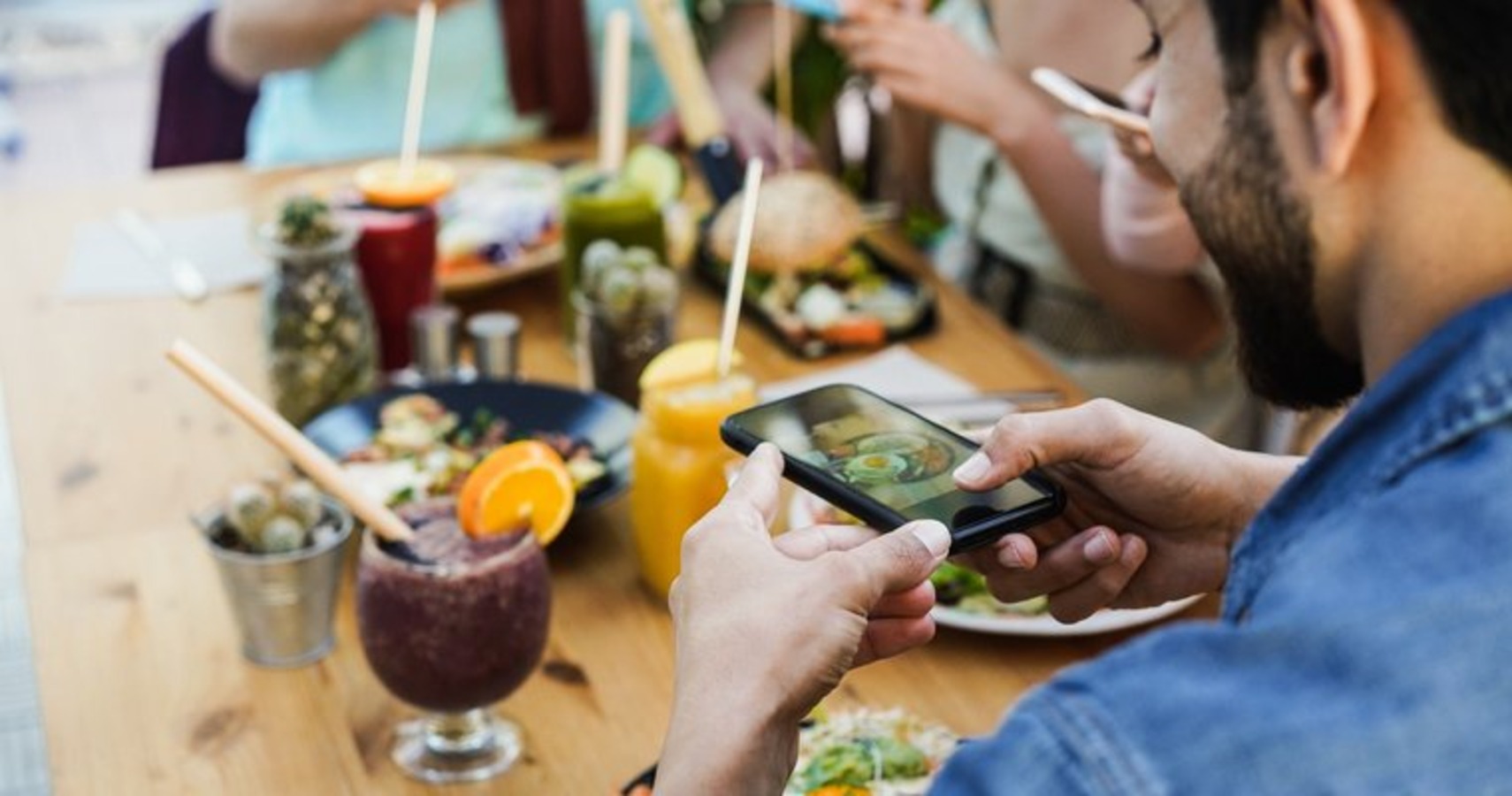Micro-influencers: Using them to attract Gen Z, millennials to your restaurant
Feb 22, 2024

Dinner parties are in, and restaurant dining is out according to data from the NPD Group, which cites that Gen Z and Millennials visit restaurants significantly less than their Gen X counterparts.
So, how can fast casual restaurants still attract younger diners?
Restaurants are catching Gen Z and Millennial attention by engaging on preferred advertising platforms and with trusted personalities. Specifically, to meet these consumers where they are, restaurants are teaming up with micro (10,000 99,000 followers) and mid-tier (100,000-500,000 followers) social media influencers.
Why micro-influencers?
In the eyes of consumers, influencers now hold more sway as spokespeople than traditional celebrities. A notable 50% of millennials trust influencers more for product recommendations than their favorite stars. The appeal lies in the authenticity and relatability that micro- and mid-tier influencers bring. Younger audiences perceive them as peers, fostering a personal connection that trumps typical advertising.
This connection is a potent asset, as more than 6 in 10 consumers trust influencers they see as similar to themselves. With peer status, influencer endorsements translate into trusted recommendations, attracting new customers.
Studies show that restaurants and fast food companies earn $6.50 for each dollar spent on influencer campaigns and that 86% of millennials try a new restaurant after seeing food-related content on social media. Restaurants, big and small, are consequently shifting their marketing dollars away from traditional branded advertising toward influencer relationships.
So, what is the key to effective collaboration with micro-influencers and mid-tier influencers? It boils down to selecting the right partners, developing campaigns that span the entire marketing funnel and maximizing high-performing content.
Built to scale
There's no magic number of influencers to partner with for a successful promotion. Both independent fooderies and global restaurant chains can leverage this tactic, scaling partnerships based on budget, available market size and existing awareness levels.
When testing a new concept for Outsiders Pizza Company, 72 hyperlocal micro-influencers were engaged in a single market. On the flip side, Chipotleengaged just two mega foodies on TikTok when promoting a new digital menu item.
Each effort successfully gained awareness and sales because they engaged the right partners needed to match specific campaign goals. Micro partners are known for driving lower funnel results, making them perfect for the promotion of region-specific pizza trials. And Chipotle's mega influencer partnerships were great for building widespread buzz, due to the creators' national reach and the brand's existing clout.
Hit every stage of the funnel
The benefits of influencer marketing go far beyond increasing brand awareness. It has become a powerful tactic for driving action across all customer journey stages. From promoting limited-time offers or new menu items to generating buzz for new locations or with new customer segments, influencers play a pivotal role.
For example, when The Halal Guys released its first meatless gyro, the chain partnered withover 80 niche influencers on Instagram, TikTok and YouTube to successfully reach a new market of vegan consumers across 26 global markets. And when Sbarro launched its franchise rebrand it engaged regional influencers to build excitement for its free-standing eateries, driving sizable foot traffic.
Authenticity + customer insights
Micro-influencers as well as mid-tier influencers have cultivated highly engaged followers by being relatable. They've generated on-trend content and know what resonates best with their unique audience. This is something restaurants can use to their advantage.
Brands should collaborate with influencers and avoid over-dictating creative direction. Empowering influencer partners to create content that matches their typical aesthetic, while still hitting on brand and campaign goals, is the best way to achieve authenticity and connect with young customers. If sponsored posts feel disconnected from the creator's previous content, followers will find it offputting.
Additionally, by partnering with content creators, restaurants can gain valuable insight into how to best attract younger customers. Influencers can help shed light on demographic wants, needs, trends and preferences. Plus, influencer-generated content can be used to quickly test and verify what resonates most.
Maximize ROI
Restaurants can purchase rights to influencer-generated content for use beyond the influencers' channels and allotted campaign period. Repurposing top-performing posts on brand-owned channels or as digital ads can extend reach and maximize ROI. One of the most successful strategies for maximizing the value of IGC is "allowlisting" — a process where brands run social ads through an influencer's social profile instead of their brand account
According to a 2023 report from CreatorIQ, brand marketers find sponsored digital ads featuring creators to be their most impactful marketing strategy, edging out other creator-driven tactics like affiliate marketing and user-generated content.
Allowlisting is impactful because ads that run through a creator's account appear more relatable and trustworthy than brand-owned ads. Additionally, promoting IGC which has already shown high organic performance removes risk from the equation. You already know the content will resonate with your target audience and generate results.
Harness the power of influencer marketing
The shift toward influencers as trusted spokespeople over traditional celebrities reflects the ever-changing world of generational preferences. The authenticity and relatability of micro and mid-tier influencers resonate with younger audiences on a personal level, fostering a connection that transcends traditional advertising.
As restaurants navigate influencer partnerships, choosing the right collaborators and leveraging high-performing content across the marketing funnel is crucial. This tactic, adaptable to various budgets and market sizes, can deliver a substantial return on investment while building brand affinity with young diners.
Source: fastcasual
